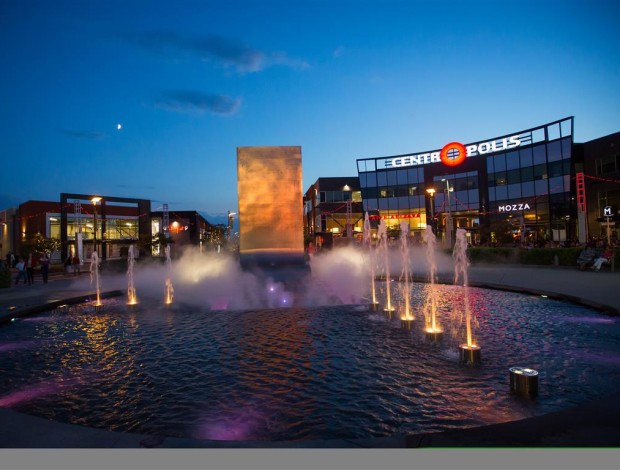Discover… the city of Laval

The City of Laval is the third largest city in the Province of Quebec with a population of 416,000 inhabitants (2014). Its territory of 245 km2 includes the entire île Jésus, the island that is in the middle of the rivière des Prairies and the rivière des Mille-Îles, in the region of Montréal. A little bit more than a quarter of the territory (6,000 hectares) is occupied by agricultural activities, protected by decree by the MAPAQ since 1997. Two thirds of the inhabitants of Laval are French speakers, 7% are English-speakers and 26% are allophones.
The City of Laval, as we know it today, dates from 1965. It is the result of the grouping of 14 municipalities that used to occupy the territory of the île Jésus. These municipalities are the following: Fabreville, Duvernay, Pont-Viau, Chomedey, Iles Laval, Laval-sur-le-lac, Laval-Ouest, Sainte-Dorothée, Sainte-Rose, Saint-Vincent-de-Paul, Duvernay, Vimont, Saint-François, Laval-des-Rapides and Auteuil.
Many reasons explain this grouping. In the early 60's, the territory has experienced a rapid growth of its population and that has caused a rapid industrial development. Because of that, expensive equipment has been purchased twice, administrative functions have multiplied, administrative conflicts have occurred and a shortage of resources has started. In an attempt at correcting the situation, the authorities went forward with a first grouping in 1961. The city of Chomedey was then created. It was a grouping of three municipalities: L’Abord-à-Plouffe, Renaud and Saint-Martin. This first step was however insufficient.
In 1964, the ministry of Municipal Affairs has set up a commission of inquiry that has recommended the fusion of all the island's municipalities. The following year, on August 6, 1965, the government of Québec has announced, by law 63, the creation of the City of Laval. With its 170,000 inhabitants at the time, Laval was the second largest city in the Province of Québec after Montréal.
Nowadays, Laval is a very prosperous city that has important commercial and industrial activities (located notably in large industrial parks). The city also has important transportation infrastructures with the presence of four highways (13, 15, 25, 440), three metro stations (Cartier, Concorde and Montmorency), the suburban train lines of Montréal-St-Jérome and Montréal-Deux Montagnes, and multiple bike trails.
The city contains many housing types even though it is mainly a suburb. One can find condos, multi-family dwellings, row houses, and single family houses. The most common types of housing are single family houses (49%), housing buildings of less than five floors (30%), and 69% of the inhabitants are owners.
Main features
- Cartier, Concorde, and Montmorency metro stations;
- Montréal-Saint-Jérome and Montréal-Deux Montagnes suburban train lines;
- Multiple green spaces such as bois de l’Équerre, bois Papineau, Centre de la Nature, parc de la rivière-des-Mille-Iles, parc des Prairies, etc.;
- Cosmodôme;
- Récréathèque, the largest indoor recreation center in the Province of Quebec;
- Sky Venture;
- Multiple malls: Carrefour Laval, centre Laval, Centropolis, etc.
Discover new condo projects in Laval here.
Discover new housing projects in Laval here.
See the delimitation of Laval in Google Maps.


Stock images: Shutterstock
Related articles
Most popular articles